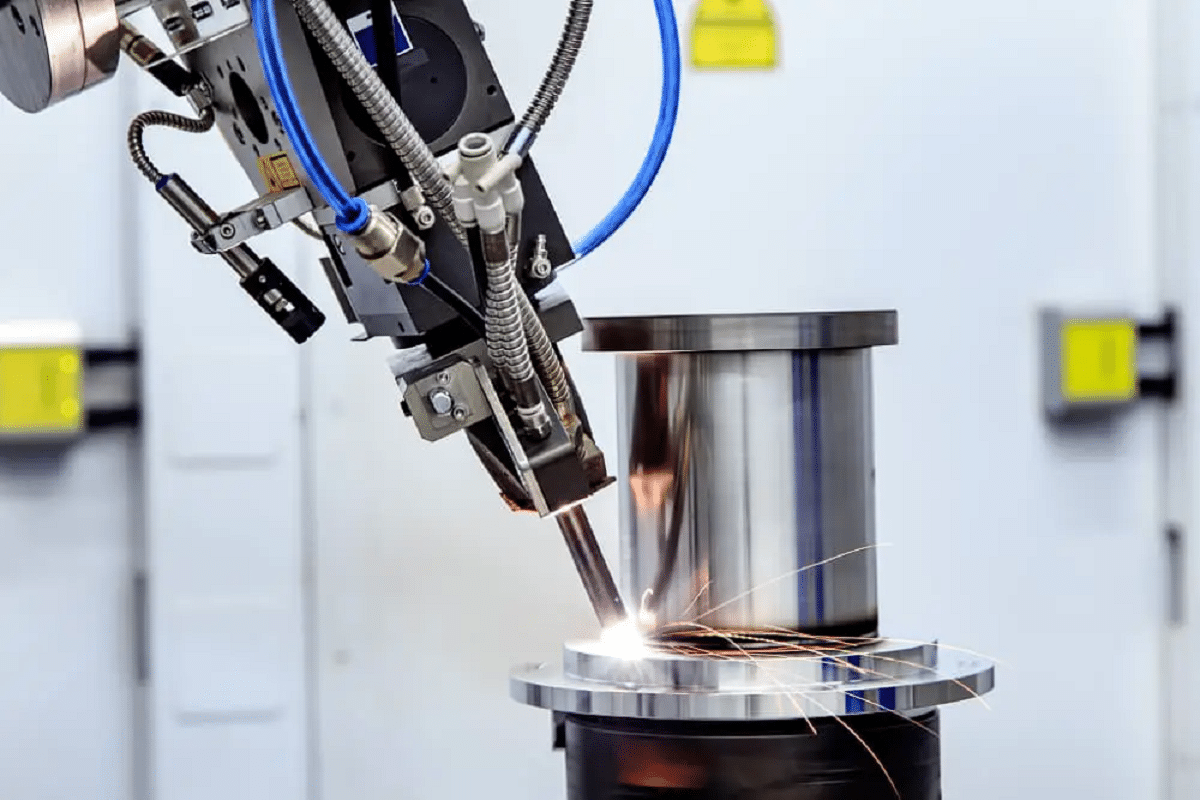Efficient Ways to Prevent Weld Undercut in Your Welding Projects
Efficient Ways to Prevent Weld Undercut in Your Welding Projects
Blog Article
Grasping the Art of Welding: Just How to Avoid Undercut Welding Issues for Flawless Manufacture Results
By comprehending the origin triggers of undercut welding and applying efficient methods to stop it, welders can boost their craft to new degrees of quality. In the pursuit of flawless fabrication results, mastering the art of welding to prevent undercut problems is not just a skill however a need for those striving for perfection in their work.
Understanding Undercut Welding

To avoid undercut welding, welders must make certain proper welding parameters, such as adjusting the present, voltage, traveling rate, and keeping the proper electrode angle. By understanding the causes of undercut welding and executing precautionary procedures, welders can attain high-grade, structurally audio welds.
Reasons of Undercut in Welding
Recognizing the aspects that add to undercut in welding is crucial for welders to create top quality, structurally audio welds. Inadequate welding inaccurate or existing welding speed can additionally contribute to damage. Recognizing these causes and carrying out correct welding strategies can help prevent damaging problems, making certain resilient and solid welds.
Techniques to Stop Undercutting

To alleviate the danger of damaging in welding, welders can utilize critical welding strategies intended at boosting the high quality and stability of the weld joints. Furthermore, utilizing the right welding method for the certain joint setup, such as weave or stringer beads, can contribute to reducing damaging.
Additionally, proper joint prep work, consisting of making sure clean base products devoid of pollutants and utilizing the suitable welding consumables, is important in stopping undercut problems. Employing back-step welding strategies and managing the weld bead profile can also aid distribute heat equally and lessen the danger of undercut. Regular inspection of the weld joint throughout and after welding, in addition to implementing top quality guarantee procedures, can help in spotting and addressing damaging problems without delay. By executing these methods vigilantly, welders can attain remarkable construction results with marginal undercut problems.
Value of Correct Welding Parameters
Selecting and preserving ideal welding parameters is necessary for you can look here attaining successful welds with marginal problems. Welding specifications describe variables such as voltage, existing, travel speed, go electrode angle, and securing gas flow rate that straight influence the welding procedure. These parameters should be carefully changed based on the kind of product being bonded, its density, and the welding method utilized.
Correct welding criteria ensure the right amount of heat is related to melt the base metals and filler material uniformly. If the parameters are set also high, it can lead to excessive heat input, creating spatter, distortion, or burn-through. On the various other hand, if the parameters are too low, insufficient blend, absence of infiltration, or undercutting may take place.
Quality Control in Welding Procedures

Verdict
In verdict, mastering the art of welding requires an extensive understanding of undercut welding, its causes, and try this strategies to avoid it. By guaranteeing correct welding criteria and carrying out quality control methods, flawless manufacture results can be attained. It is vital for welders to consistently pursue excellence in their welding procedures to prevent undercut issues and produce high-grade welds.
Undercut welding, a typical defect in welding procedures, occurs when the weld steel doesn't correctly fill the groove and leaves a groove or depression along the bonded joint.To stop undercut welding, welders should make certain proper welding criteria, such as adjusting the current, voltage, traveling speed, and preserving the correct electrode angle. Insufficient welding wrong or present welding rate can also add to damage.To reduce the danger of damaging in welding, welders can utilize critical welding techniques intended at boosting the quality and stability of the weld joints.In verdict, mastering the art of welding needs an extensive understanding of undercut welding, its reasons, and strategies to prevent it.
Report this page